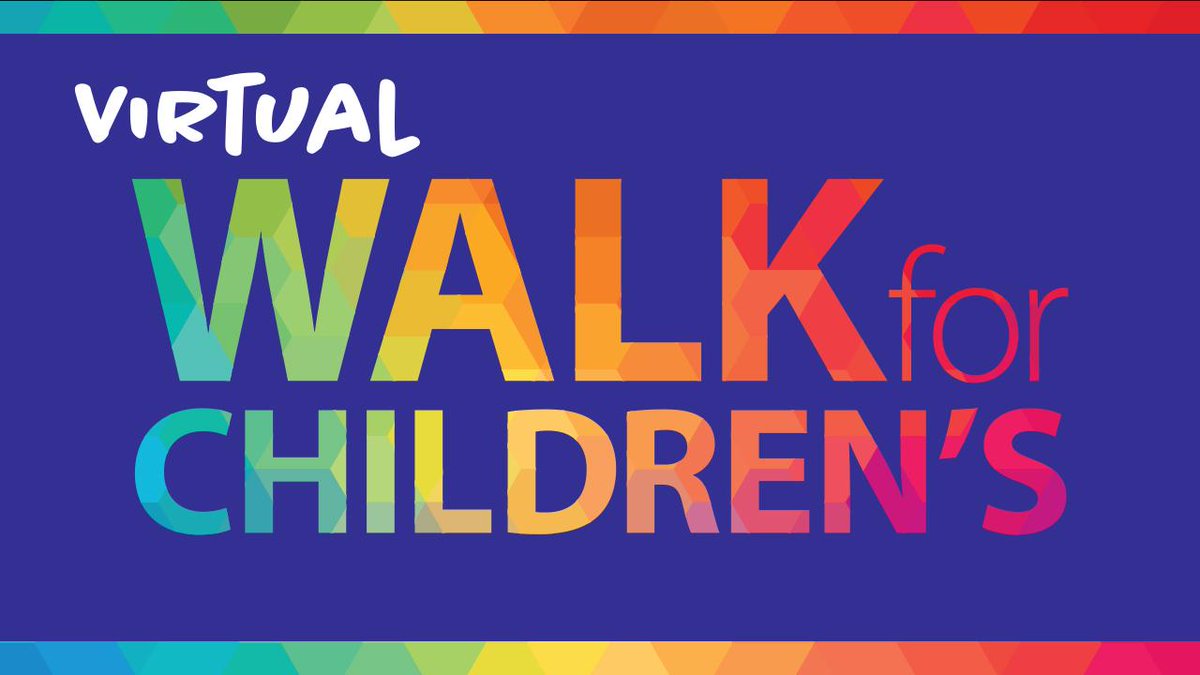Traditional 401(k) vs. Roth 401(k)
Retirement plans can be confusing – we know! The decision of whether to contribute to a Traditional 401(k) or a Roth 401(k) is one that many people have or will encounter at some point in their lives. Although these two types of retirement accounts are very similar, they also have key differences. As more and more employers begin to offer a Roth 401(k) option, you should make sure that you have an understanding of each so that you can make the most informed decision possible.
What is the difference?
The main difference between a Traditional or Pre-Tax 401(k) and a Roth 401(k) is the tax impact. With a Traditional 401(k), you receive a tax benefit for your contribution now, but are taxed on the withdrawals later. A Roth 401(k), however, does not provide a tax benefit now. As a result of paying tax on your contribution now, the Roth option allows for tax-free withdrawals later.
Here is a quick example to help explain the tax difference between the two options. This year, if you contribute $10,000 to a Traditional 401(k) and were taxed at a fictional rate of 15% (this would depend on your tax bracket) the $10,000 contribution would decrease your current year taxes by $1,500. If you contributed $10,000 to a Roth 401(k) instead, there would be no reduction to your current year taxes. If we fast forward to retirement and assume the $10,000 contribution is now worth $50,000, there will again be a difference between the two upon withdrawal. If you made a withdrawal of the entire $50,000, the full $50,000 would be taxed at your retirement tax rate with a Traditional 401(k), but the entire $50,000 would be withdrawn tax-free if it were originally invested in a Roth 401(k).
As you can see, the current tax benefit is greater with the Traditional 401(k), but the future tax benefits are better upon withdrawal from a Roth 401(k). One other item to note is that these facts hold no matter what the withdrawal amount is. No matter the amount, a withdrawal from a Traditional 401(k) is generally all taxable and a withdrawal from a Roth 401(k) is generally tax-free.
Which is right for you?
Unfortunately, the answer is that it depends. The primary question to ask yourself is: will my tax rate now or during retirement be higher? If you are in the beginning of your career or expect your income during retirement to be more than it is today, a Roth 401(k) may be right for you. If you believe your tax rate now is going to be higher than what it will be during retirement, then a Traditional 401(k) may be the best option for you.
Another advantage of the Roth 401(k) is that in addition to your original contribution, the growth of the account can be withdrawn tax-free! This is not the case with a Traditional 401(k). Also, if your employer provides a contribution match, you would need to pay tax on this portion of your account at the time of withdrawal whether you use a Traditional or Roth 401(k) as it is a pre-tax contribution.
Other considerations
There are several other differences between the Traditional and Roth 401(k) options that you may want to consider.
- Required minimum distributions (RMDs) – Beginning at age 72, there are required minimum distributions from both 401(k) options unless you are still working. However, a Roth 401(k) could be rolled over to a Roth IRA. Unlike Traditional IRAs, Roth IRAs do not have required minimum distributions.
- Estate planning – Inheriting a Roth retirement account is more beneficial to your heirs than a Traditional account. This is because they would generally not have to pay tax on distributions from the inherited Roth account, whereas they would have to pay tax on distributions from the Traditional.
- Law changes – Just as we can’t predict what your future tax rate will look like we also can’t predict law changes that could occur. Any law changes during your lifetime could change the results of this decision for yourself or your heirs. For example, the recent SECURE Act pushed back RMDs from age 70 ½ to age 72. It also requires an inherited IRA to be distributed within 10 years of inheritance rather than over the beneficiary’s lifetime. This could be a reason to contribute to both a Traditional and a Roth 401(k) to give yourself tax diversification across different accounts. Many employers will allow you to split your contributions between the two.
Conclusion
In summary, there is no easy answer to what type of 401(k) option is better. The decision will depend on your individual circumstances and most likely will change throughout your life. Using the information above should hopefully give you a good starting point to be able to make the most informed decision possible.
Please don’t hesitate to reach out to us if you would like to discuss further!
401(k) plans are long-term retirement savings vehicles. Withdrawal of pre-tax contributions and/or earnings will be subject to ordinary income tax and, if taken prior to age 59 1/2, may be subject to a 10% federal tax penalty. Roth 401(k) plans are long-term retirement savings vehicles. Contributions to a Roth 401(k) are never tax deductible, but if certain conditions are met, distributions will be completely income tax free. Unlike Roth IRAs, Roth 401(k) participants are subject to required minimum distributions at age 72. RMD’s are generally subject to federal income tax and may be subject to state taxes. Consult your tax advisor to assess your situation.
Any opinions are those of Gregory Weimer and Chuck Ziants and not necessarily those of Raymond James. This material is being provided for information purposes only and is not a complete description, nor is it a recommendation. Expressions of opinion are as of this date and are subject to change without notice. You should discuss any tax or legal matters with the appropriate professional.







































